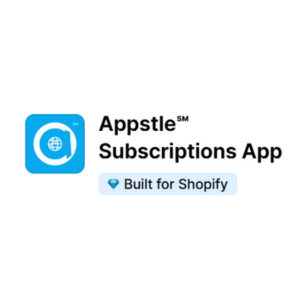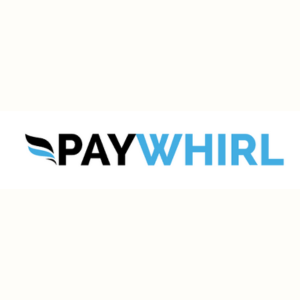
Recharge
Automated and Customized Subscription Billing
Customers
Founded
Company Size
App Installs
App Reviews
Average Rating
What is {listing}?
GetRecharge.com is an online platform that provides a convenient and efficient way to recharge prepaid mobile phone plans, DTH services, data cards, and more. Users can easily top up their accounts with just a few clicks, making it a hassle-free experience.
The website offers a wide range of recharge options for various service providers, including major telecom companies like Airtel, Jio, Vodafone, and BSNL, as well as popular DTH providers like Tata Sky, Dish TV, and Videocon d2h. This makes it a one-stop destination for all your recharge needs.
In addition to mobile and DTH recharges, GetRecharge.com also offers discounts, cashback offers, and other deals to help users save money on their transactions. The platform is secure and user-friendly, with a simple interface that makes it easy to navigate and complete transactions quickly.
Overall, GetRecharge.com is a convenient and reliable platform for all your recharge needs, providing a seamless experience for users looking to top up their accounts.
What makes {listing} different than competitors?
What sets GetRecharge.com apart from other similar eCommerce tools is its user-friendly interface and wide range of recharge options. The platform offers a seamless and hassle-free experience for users, with quick and easy recharge options for prepaid mobile plans, DTH services, data cards, and more. GetRecharge.com also provides discounts, cashback offers, and deals to help users save money on their transactions, making it a cost-effective choice. Additionally, the website is secure and reliable, ensuring that users can recharge their accounts with confidence. Overall, GetRecharge.com stands out for its convenience, affordability, and customer-focused approach.
What metrics is {listing} going to improve for my eCommerce store?
GetRecharge.com can help improve key eCommerce metrics such as conversion rate by providing a seamless and user-friendly recharge experience. It can also improve customer retention and loyalty through discounts and cashback offers. Additionally, the platform can help increase average order value by offering deals and promotions to encourage users to recharge more.
Who has to manage {listing} and how long does it take to setup?
In a team, the marketing and sales departments would likely use GetRecharge.com to manage promotions and customer engagement. The finance department may also use it to track revenue from recharge transactions.
Setting up GetRecharge.com is a relatively small project, as it primarily involves integrating payment gateways and configuring recharge options.
Is {listing} right for my store?
GetRecharge.com is great for businesses in the telecommunications and DTH industries, as well as for businesses looking to offer mobile recharge services to their customers. It is also ideal for businesses looking to enhance customer convenience and loyalty through easy and secure recharge options.
However, it may not work for businesses in industries that do not involve prepaid services or rechargeable accounts, as the platform is specifically designed for recharge transactions. Additionally, businesses that do not have a need for online recharge services may not find GetRecharge.com suitable for their needs.
Sustainability status
Features
- Integration With The Best Of Breed Apps
- Full Set Of Recharge Standard Features
- Priority Support
- Custom Checkout Domain
{listing} Pricing
$60/Month
- For companies under $100,000 MRR
- 1% + 5¢ per transaction
- Full set of ReCharge standard features
- Integration with the best-of-breed apps
$300/Month
- For companies under $100,000 MRR
We do our best to keep pricing information up to date, but please do check the software partner's own website for the most up to date pricing information.
{listing} Alternatives

A Shopify subscription platform that lets eCommerce brands sell pay-as-you-go and prepaid plans, offer build-a-box and bundling, manage recurring billing with flexible intervals, and grow LTV with churn controls, loyalty perks, and analytics.

A Shopify subscription platform for eCommerce that enables recurring purchases with auto-charging, classic or prepaid plans, customer self-serve management, discounts, and analytics to grow repeat revenue.

A Shopify subscription platform that helps eCommerce brands sell and manage recurring orders with flexible plans, auto-billing, a self-service customer portal, and easy migration support.

A Shopify subscription and recurring-billing tool that helps eCommerce brands sell “subscribe & save,” memberships, and payment plans with native checkout, automated renewals, analytics, and a customer self-service portal.

Turn every product into a subscription and keep customers coming back—no coding required.

An all‑in‑one subscription box platform that helps creators launch, manage, and scale their eCommerce subscription businesses with built‑in marketplace exposure, billing, shipping, and analytics.








